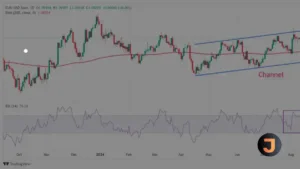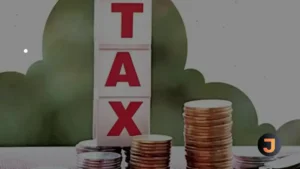Feeding America Highlights Food Insecurity Crisis
In a stark revelation, hungry people in the U.S. faced a $33.1 billion shortfall in funds for basic food needs in 2022, as reported by Feeding America. This significant deficit, the largest in two decades when adjusted for inflation, comes at a time when nearly half of the food-insecure population does not qualify for aid. The report draws on data from the U.S. Department of Agriculture, the Census Bureau, and the Bureau of Labor Statistics to paint a troubling picture of hunger in America.
The rise in hunger last year can be attributed to soaring food prices and a faltering economic recovery from the COVID-19 pandemic, particularly among low-income citizens. The USDA noted an increase to 17 million households facing food insecurity, up significantly from 13.5 million in 2021. Although federal support and expanded food aid programs helped maintain hunger rates during the pandemic, their conclusion has led to increased hardship.
Food insecurity is pervasive across the nation, with about 90% of the most affected counties being rural. The report by Feeding America points out that eligibility criteria for the Supplemental Nutrition Assistance Program (SNAP) leave many without aid due to income thresholds.
Linda Nageotte, president and COO of Feeding America, highlighted the dilemma faced by many: “Elevated food prices and the hard choice between other household expenses like electricity, childcare or medical bills is making hunger in America worse.”
In response to the crisis, Congress has taken steps to address food insecurity by increasing funding for nutrition programs aimed at mothers and young children. Additionally, a bipartisan group of lawmakers is calling on the Biden administration to take executive action against antitrust issues within food companies to help reduce prices and alleviate hunger.
With






